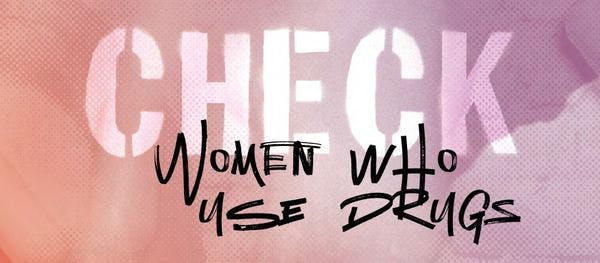CHECK magazine - Women who use drugs - 3rd issue
Drug-related policies impact women and men differently, with women being stigmatised to a greater degree than men. Existing gender inequalities often compound this stigma. Despite some positive changes in recent years concerning gender equality and human rights, many women who use drugs are still subjected to discrimination, criminalisation, and structural and intimate violence, which can take shape in many forms, such as physical assault, rape, sexual violence, stalking, harassment, and coercive and controlling behaviour.
Women who use drugs are especially vulnerable to gender-based violence from intimate partners and law enforcement personnel and have limited options for support. For example, the rules and procedures of shelters and refugee centres often prohibit the provision of accommodation to women who use drugs, which may include those receiving opioid agonist treatment (OAT). Additionally, women who use drugs are often caught in a vicious circle of drug use and gender-based violence, where the trauma of violence contributes towards increased drug use, and, in turn, escalated drug use and its associated behaviour expose women to a higher risk of violence. EHRA’s guide Help Impossible to Ignore notes that in the CEECA region, the main problems of women who use drugs and experience gender-based violence are difficulties in processing paperwork and accessing safety, support services, and psychological help, as well as intense stigmatisation of the issue of female drug use and dependence.
Women who use drugs, some of whom sporadically or regularly engage in sex work and have relatively limited access to sexual and reproductive health and rights (SRHR) services, are also at a higher risk of contracting blood-borne viruses, including HIV. Significant barriers to opioid agonist treatment (OAT), such as unequal coverage between urban and rural areas, repressive drug policies, lack of gender-sensitive staff training and knowledge, and abstinence-based approaches, contribute towards a low OAT uptake among women who use opiates. This impact is amplified by a lack of gender-sensitive drug treatment opportunities, which prevents women from accessing OAT and other harm reduction services, such as needle and syringe programmes (NSP).
Access the full report via the 'Downloads' link on the right hand side.
